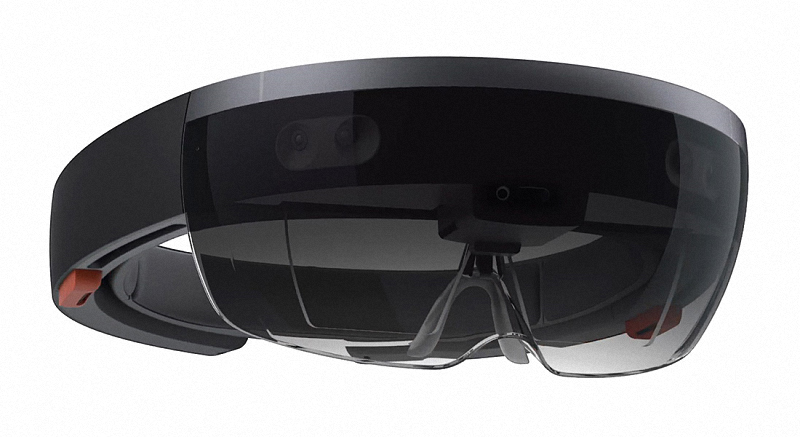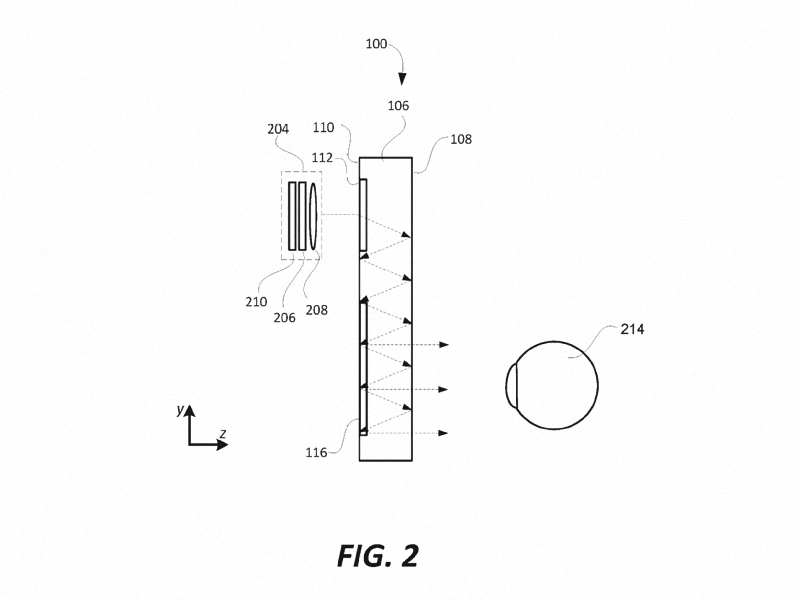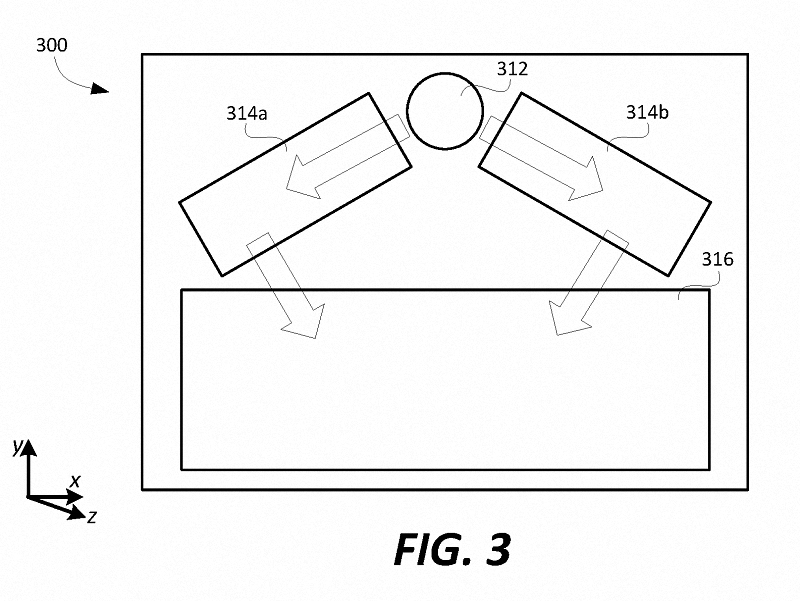
Microsoft has double the field of View on HoloLens
Pre-launch, the HoloLens looked incredible, but that dulled somewhat when you actually put it on. The headsets restrictive field of view doesn’t make for an immersive experience and feels like you’re staring at a screen.
The HoloLens has a very narrow field of view of just 35-degrees. This creates a problem for the device since mixed reality has to fill your view if it’s to be truly immersive. The current HoloLens headset only places holograms in a small letterbox at the center of your vision, leaving the periphery empty and 3D objects conspicuously clipped.

Innovative splitting of the light entering the waveguide
A waveguide points light in a certain direction, usually through rectangular, reflective tubes. For the light to internally reflect inside the waveguide, it cannot exit at an angle any greater than 35-degrees. Rather than address this fixed limitation, Microsoft has found a way to make creative use of it.
A patent filing suggests a feasible way to increase the range, explaining how light could be split as it enters the waveguide. This would create two distinct rays which individually travel through and exit the waveguide. Although each one is still subject to the 35-degree limit, when they’re recombined the image seen by the user could effectively span 70-degrees. With the proper design, its inventors believe a diagonal FOV of up to 90-degrees is possible. The question now is whether 70 or even 90 degrees, is still enough.

The HTC Vive, in comparison, has a diagonal FOV of about 145 diagonal degrees, while the Rift sits at 120. The difference even between the two is noticeable, so the HoloLens may still be quite jarring in comparison.
The patent filing suggests the next-generation version of HoloLens could address these limitations. Microsoft is understood to be developing the device on an extended timeframe, intending to launch a substantially revised headset in 2019.
|Images via WIPO, Microsoft
